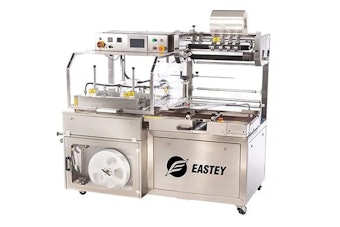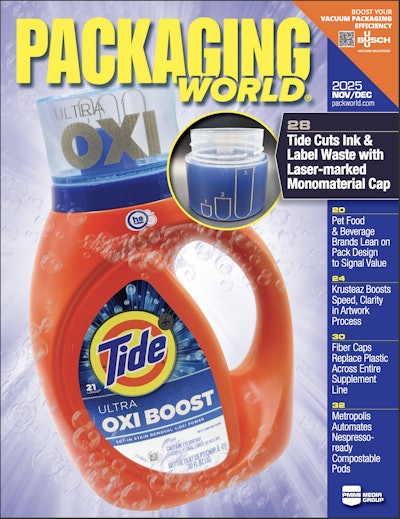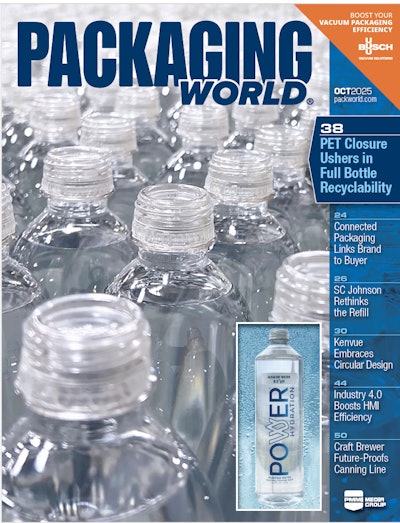
The Steel Recycling Institute (SRI) has announced that the overall steel recycling rate for the world’s, and for America’s, most recycled material—steel—reached a record high of 83.3%. This means that more than 82 million tons of domestic steel scrap were charged into furnaces, both in the U.S. and abroad, to make new steel products. SRI says it is important to note that the steel recycling rates are for 2008. Steel recycling rates are compiled based on data from scrap processors, steel producers, the U.S. Geological Survey, and the U.S. Environmental Protection Agency, which can take up to a year to compile.
The first three quarters of 2008 marked high levels of production and scrap usage in the U.S. and that, along with a full year of high levels of steel scrap exporting, contributed to these record numbers, SRI says.These high levels of production drew upon record levels of steel scrap, as new steel simply is not made without steel scrap.
“All new steel made in North America contains a minimum of 28 percent steel scrap, with some processes using upwards of 90 percent steel scrap to make new steel,” says SRI president Bill Heenan. “Steel continues to be recycled at a higher volume than paper, plastic, glass, copper, and aluminum combined, and the steel can still holds the distinction of the most recycled food and beverage container.”
More than 1.5 million tons of steel containers were recycled in 2008 at a rate of 65.2%, while more than 14.8 million tons of steel were recycled from automobiles at a rate of 106%. Appliance recycling rates remained stable at 90%, as did structural steel at 97.5%, while construction reinforcement steel (i.e., rebar) increased slightly to 70%.
According to SRI, these steel recycling rates accomplish much more than simply saving landfill space. For every ton of steel recycled, 2,500 lb of iron ore, 1,400 lb of coal, and 120 lb of limestone are conserved. Recycling is also key to energy savings and other sustainable benefits. SRI says the U.S. steel industry has been the only major industry to reduce energy demands while still increasing production. In fact, the steel industry has reduced energy consumption by 33% since 1990, along with a 45% reduction in greenhouse gases per ton since 1975.

























